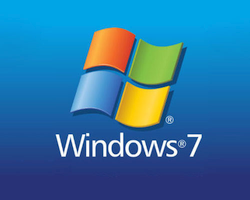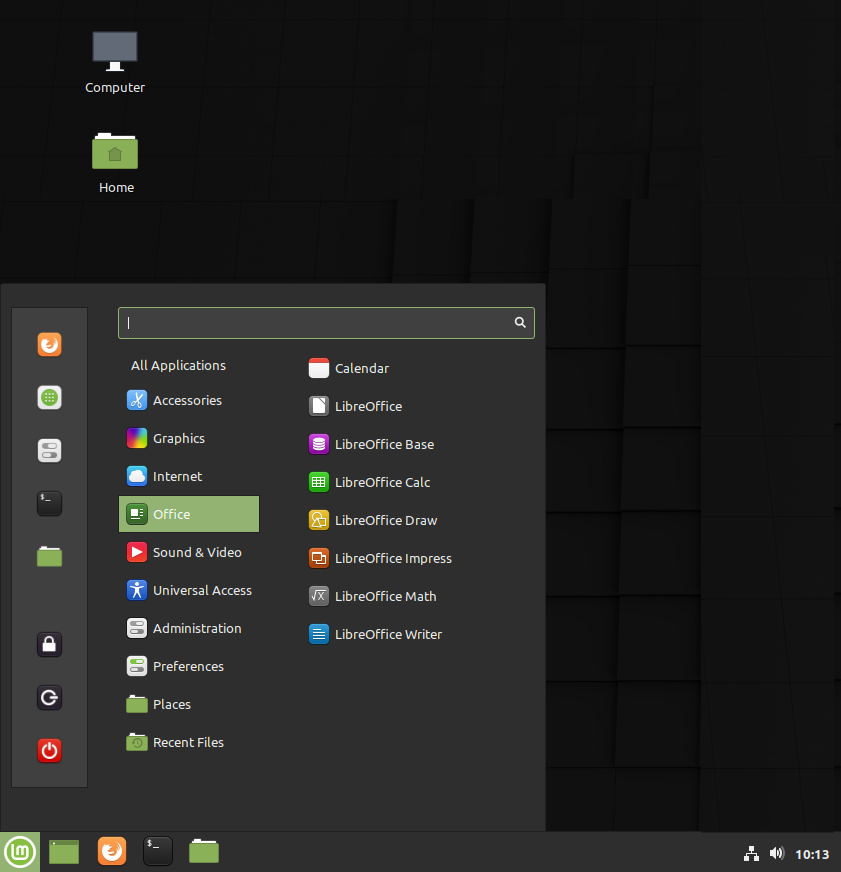What to do about Windows 7
Windows 7 was ‘retired’ by Microsoft on 14 January 2020. What does that mean? And what should you do if you're still using it?

That could mean that your PC or laptop is infected by a virus, such as ransomware that locks all your files and demands a ransom to free them again – which doesn’t always work, even if you pay up, which you shouldn’t do anyway as it encourages more of this kind of thing. Or your private information may be stolen, allowing criminals to impersonate you, sometimes called identity theft. Even if you don’t bank or shop online, you could still find someone has taken out a loan in your name, leaving you responsible for repaying it and unable to borrow yourself should you need to. Or your laptop could be recruited into what is called a botnet, where it participates in mass attacks on companies in an attempt to knock them off the Internet. In other words, you could be unwittingly participating in a crime and causing grief for others because of your failure to keep your software up to date.
It is not just an empty threat. Software publishers have to constantly stay on top of these threats, issuing patches to plug all the holes. Microsoft issues patches every single month to patch vulnerabilities, on so-called Patch Tuesday (Wednesday for us, because of the time difference), which is the second Wednesday of the month. These patches are eagerly scrutinised by hackers to learn what they do, and then they devise ways of exploiting those vulnerabilities to attack anyone who has not kept their machine up to date. Even if you have an antivirus program, some vulnerabilities allow the hackers to sidestep that protection. You need to have antivirus and stay up to date.
But I don’t want to upgrade!
I have every sympathy with people who have, sometimes after a struggle, got used to their computers and dread having to learn a new system. If you are a light user it can take a while to get used to. But I also understand that Microsoft got paid once for Windows 7 when you bought your computer, and it has been supporting it ever since for no additional payment, and support costs money. The deal is that Microsoft supports a product for ten years after launch, and time was up. It also needs to reduce the number of versions of operating systems that it has on the go, and moving everyone onto Windows 10 will eventually do that.Swop for free

If you are still running Windows 7, you are strongly advised to upgrade to Windows 10. You can still do that for free if you do it the right way, and you can install a program that restores the old Windows 7 menu too, so that it doesn’t feel unfamiliar. The switch is probably a lot easier than you imagine.
The Alternative
You could take this opportunity to switch away from Microsoft altogether. There is a free operating system called Linux that does everything Windows does and is pretty easy to switch to. Viruses are a rarity and most of the software is actually free. It comes with a free Office program called LibreOffice, for instance, that is equivalent to Microsoft’s and can save and open Microsoft Office files.
There are many varieties of Linux, but I recommend Linux Mint as a great swop-out for Windows. It is visually very similar to Windows and the Start menu is way better than Microsoft’s tiles (see right), making it easy to find the program that does what you want. If you have an old, slow computer, you can breathe new life into it by using a variety specially designed for such machines, such as Lubuntu.
If you need any help with responding to the end of Windows 7, do contact me for advice.
|
|
|
|




